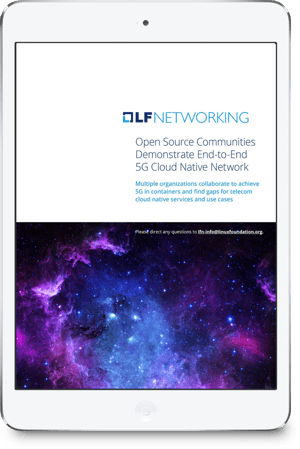
The future of 5G is bright. It offers speeds 50 times faster and latency 10 times lower than current LTE technology, as well as support for machine-to-machine communication between as many as a million IoT devices per square kilometer, virtual pipelines with support for disparate SLAs, and efficiency that can deliver a 10-year battery life for IoT devices.
5G will unleash new use cases in a wide range of industries, including:
➔ Health care
➔ Smart construction and smart cities
➔ Autonomous vehicle technology
➔ Virtual reality
Allied Market Research estimates the 5G technology market will grow from $5.5 billion in 2020 to $668 billion by 2025.
The software-driven nature of 5G networks will allow service providers to improve network responsiveness, rapidly introduce new services, lower operational expenses through automation, and cut capital expenditures by using commodity servers and switches.
Turnium's cloud-native, containerized SD-WAN delivers benefits for telcos and service providers seeking:
Flexibility: Cloud-native applications can be deployed anywhere
Scalability: Smaller footprint than virtual machines allows for easy scaling
Performance: Testing demonstrates that cloud-native functions outperform virtual network functions
Resilience: Container systems like Kubernetes include health checks and self-healing
Speed: Rapid boots times ensure disruptions last seconds, not minutes or hours
In this download, you'll read about how a software-driven 5G environment was developed using cloud-native technologies. Turnium's SD-WAN provided the software-defined network transporting signaling and call paths.
Turnium collaborated with other industry leaders on the end-to-end 5G cloud-native network demonstrating that it could be built on open-source infrastructure at KubeCon North America. The project included:
| Over 80 volunteers | |
| 4 open-source communities |
| 15 partner companies | |
| 2 end users |

This proof-of-concept project demonstrated that an end-to-end cloud-native network is feasible with current tools and uncovered critical gaps in Kubernetes infrastructure and cloud-native functions.
© 2022 Turnium Technologies Inc. All Rights Reserved. Powered by Total Product Marketing